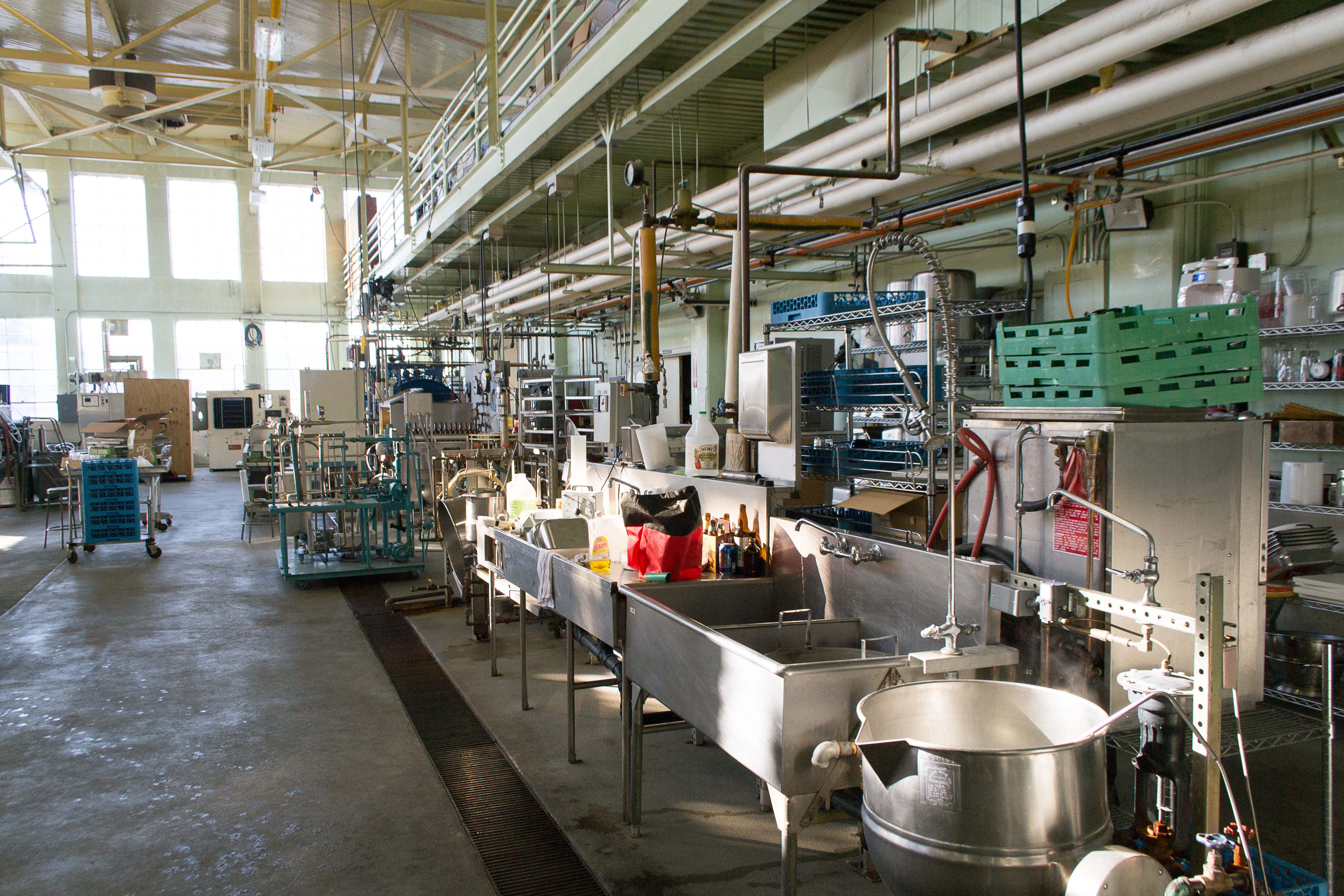
Age, gender, ethnicity and eating capability influence oral processing behaviour of liquid, semi-solid and solid foods differently.
Sign Up to like & getrecommendations! Published in 2019 at "Food research international"
DOI: 10.1016/j.foodres.2019.01.048
Abstract: Food oral processing depends on food properties and consumer characteristics. The aim of this study was to determine the effect of age, gender, ethnicity and eating capability on oral processing behaviour of liquid, semi-solid and… read more here.
Keywords: semi solid; oral processing; processing behaviour; solid foods ... See more keywords

Development and characterization of standardized model, solid foods with varying breakdown rates during gastric digestion
Sign Up to like & getrecommendations! Published in 2022 at "Journal of Food Engineering"
DOI: 10.1016/j.jfoodeng.2021.110827
Abstract: Abstract Standardized, model solid foods were developed with varying initial hardness and breakdown rates during in vitro digestion. One class of model foods was based on the Standard American Diet, with strong and weak gel… read more here.
Keywords: breakdown rates; digestion; model solid; model ... See more keywords

A Vulnerable Age for the Introduction of Solid Foods in Pediatric Acute Lymphoblastic Leukemia
Sign Up to like & getrecommendations! Published in 2017 at "Nutrition and Cancer"
DOI: 10.1080/01635581.2017.1263749
Abstract: ABSTRACT Background: There is little research concerning infant formula or the age at introduction to solid foods and pediatric acute lymphoblastic leukemia (ALL). The purpose of this case-control study was to estimate the association of… read more here.
Keywords: introduction; age; foods pediatric; introduction solid ... See more keywords

Starting solid foods: does the feeding method matter?
Sign Up to like & getrecommendations! Published in 2018 at "Early Child Development and Care"
DOI: 10.1080/03004430.2016.1250080
Abstract: ABSTRACT The weaning period, in which complementary foods are introduced into the infant’s diet, can be challenging, with dislike of novel foods known to be common. However, even though at six months (the current recommended… read more here.
Keywords: starting solid; feeding method; solid foods; foods feeding ... See more keywords

Association of Early Introduction to Solid Foods with Infant Gut Microbiota Abundance, Overweight/obesity, and Short Chain Fatty Acids at Ages 3 and 12 Months (OR01-06-19).
Sign Up to like & getrecommendations! Published in 2019 at "Current developments in nutrition"
DOI: 10.1093/cdn/nzz041.or01-06-19
Abstract: Objectives Clinical recommendations for optimal timing of introduction to solid foods vary, but earlier introduction has been associated with childhood overweight and obesity (OWOB). The gut microbiota and short chain fatty acids (SCFAs) they produce… read more here.
Keywords: abundance; solid foods; introduction; introduction solid ... See more keywords

Early feeding profiles based on breastfeeding, infant formula and introduction of solid foods
Sign Up to like & getrecommendations! Published in 2019 at "European Journal of Public Health"
DOI: 10.1093/eurpub/ckz186.281
Abstract: As early feeding practices may be related with allergy at older age, we aimed to investigate infant-feeding profiles in the first year of life and their determinants in the PARIS (Pollution and Asthma Risk: an… read more here.
Keywords: early feeding; introduction; formula; feeding profiles ... See more keywords

Acute and repeated impact of sweeteners and sweetness enhancers in solid and semi-solid foods on appetite: protocol for a multicentre, cross-over, RCT in people with overweight/obesity – the SWEET Project
Sign Up to like & getrecommendations! Published in 2022 at "BMJ Open"
DOI: 10.1136/bmjopen-2022-063903
Abstract: Introduction Intake of free sugars in European countries is high and attempts to reduce sugar intake have been mostly ineffective. Non-nutritive sweeteners and sweetness enhancers (S&SEs) can maintain sweet taste in the absence of energy,… read more here.
Keywords: sweetness enhancers; sweeteners sweetness; acute repeated; foods appetite ... See more keywords

The Early Introduction of Complementary (Solid) Foods: A Prospective Cohort Study of Infants in Chengdu, China
Sign Up to like & getrecommendations! Published in 2019 at "Nutrients"
DOI: 10.3390/nu11040760
Abstract: The objective of this study was to document the types of foods introduced to infants before six months of age and identify factors associated with their early introduction. A prospective cohort study of infant feeding… read more here.
Keywords: introduction complementary; study; six months; solid foods ... See more keywords

Preterm’s Nutrition from Hospital to Solid Foods: Are We Still Navigating by Sight?
Sign Up to like & getrecommendations! Published in 2020 at "Nutrients"
DOI: 10.3390/nu12123646
Abstract: As preterm birth rates are globally increasing, together with research on preterms’ peculiar needs, neonatologists are still facing the challenge of how to properly feed them. The need to strike a balance between excessive catch-up… read more here.
Keywords: foods still; hospital solid; hospital; solid foods ... See more keywords

Preterm Infants on Early Solid Foods and Vitamin D Status in the First Year of Life—A Secondary Outcome Analysis of a Randomized Controlled Trial
Sign Up to like & getrecommendations! Published in 2022 at "Nutrients"
DOI: 10.3390/nu14153105
Abstract: Preterm birth places infants at high risk for mineral and micronutrient deficiencies important for bone health. The aim of this study was to examine whether two timepoints for the introduction of solid foods in preterm… read more here.
Keywords: year life; vitamin; group; vitamin status ... See more keywords